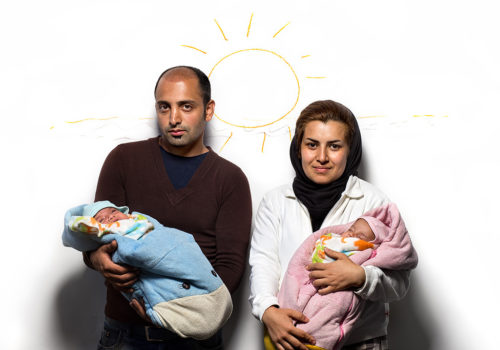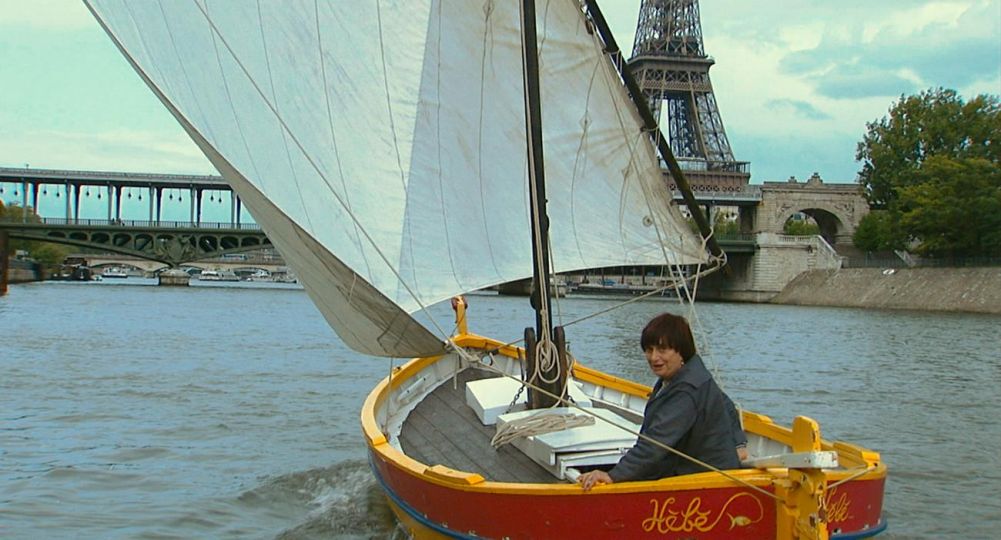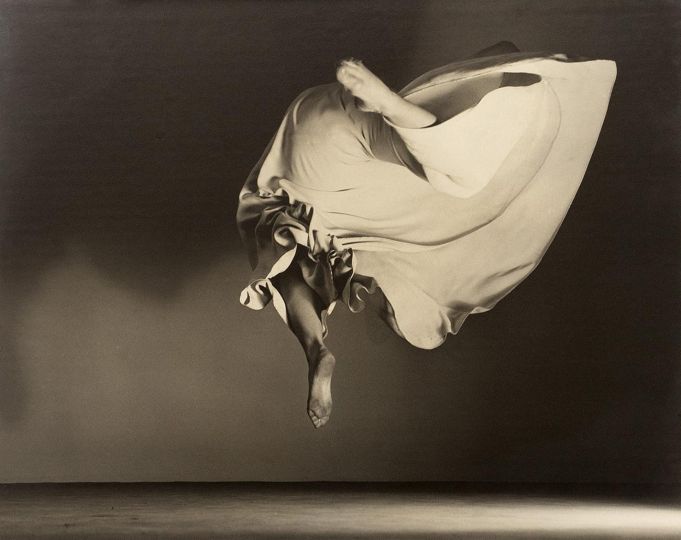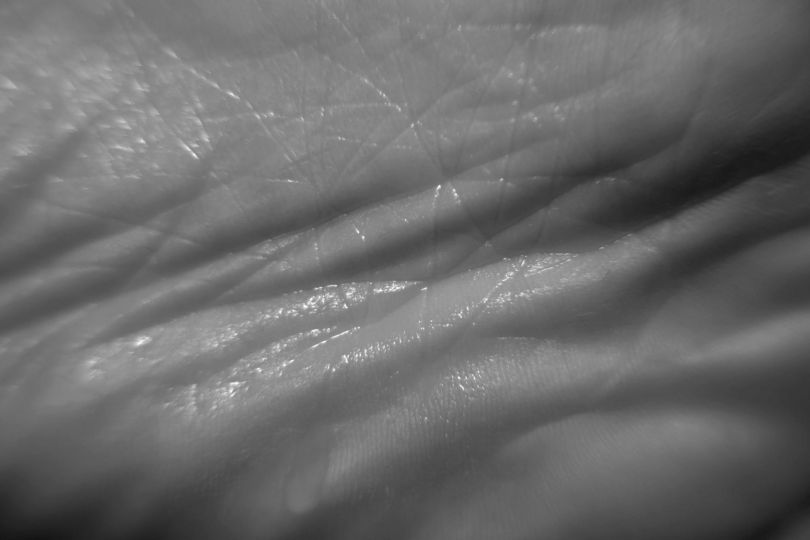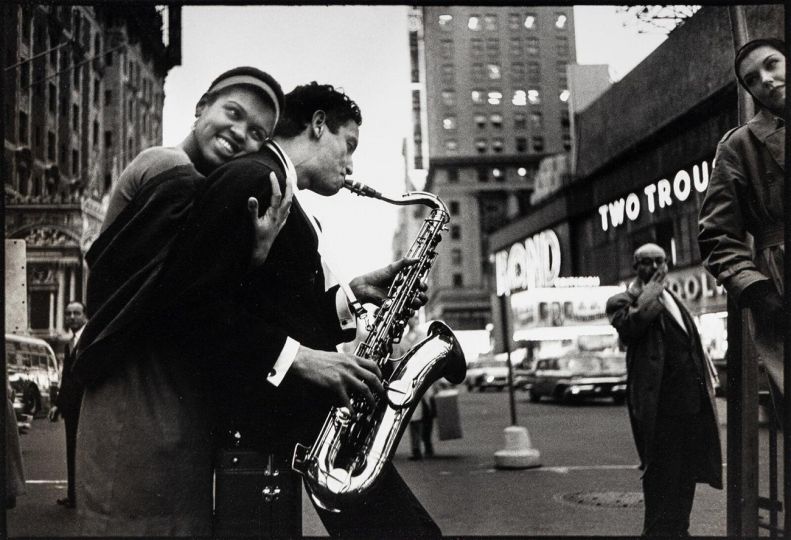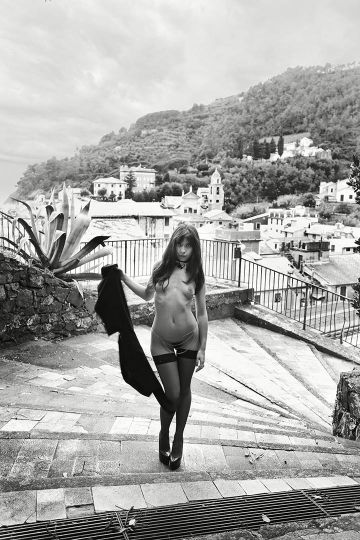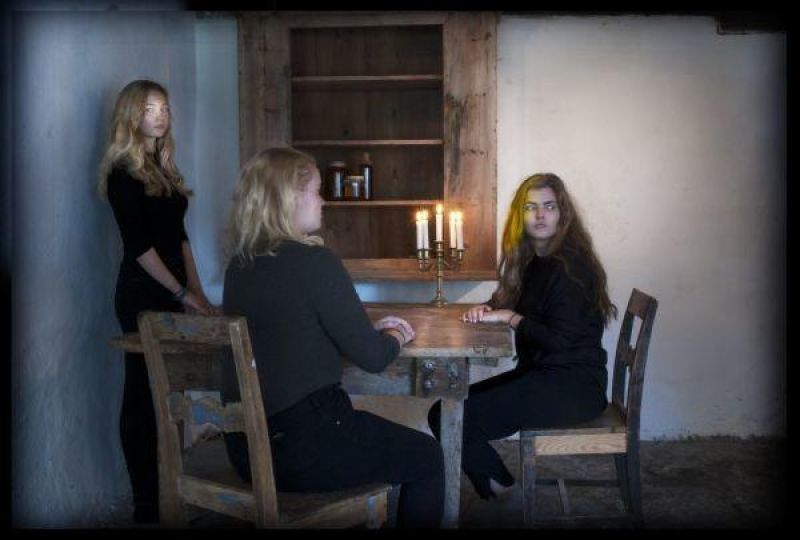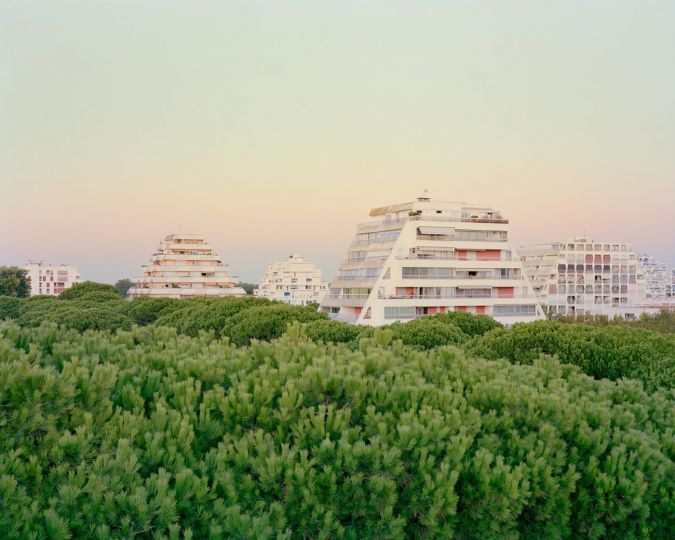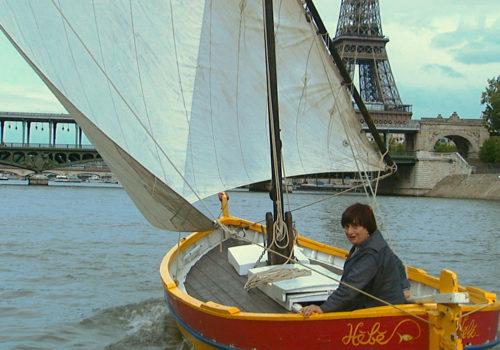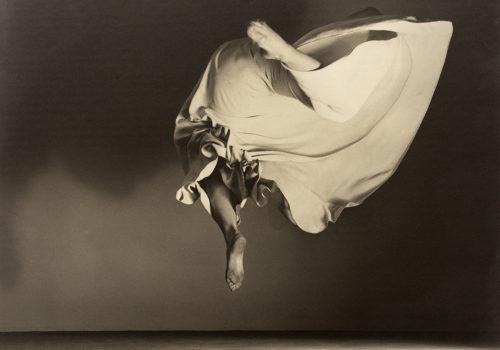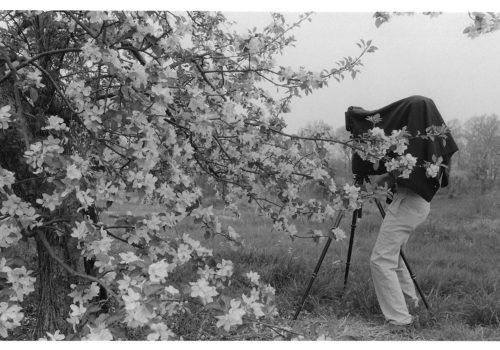Millions of refugees are fleeing conflict zones around the world, searching for safety in Europe. They have been met by the incompetence and cynicism of leaders and allies of all sides have responded to the plight of civilians with insignificant gestures, divisive rhetoric, inadequate aid (and some with even more weapons) to end the catastrophic war they’ve created, a war only they have the power to stop. The camps in neighboring countries are overflowing, the facilities there are worn thin. Yet, the end of the conflict is nowhere in sight.
A wave of refugees fleeing this conflict zone and others has turned its search for safety to Europe. It is the biggest human migration since WWII.

